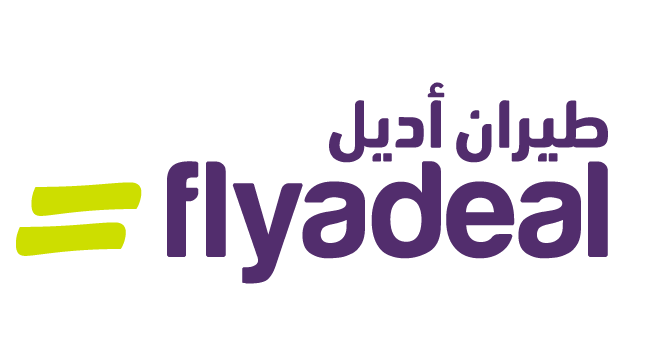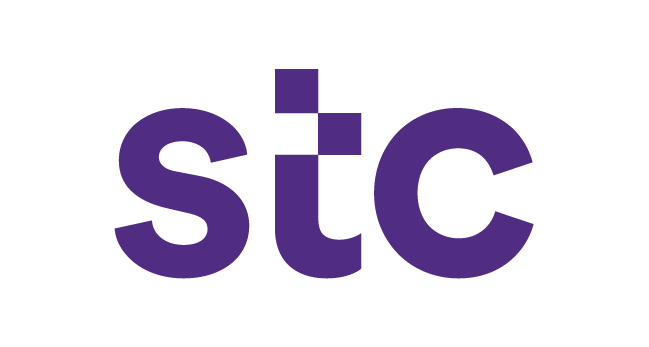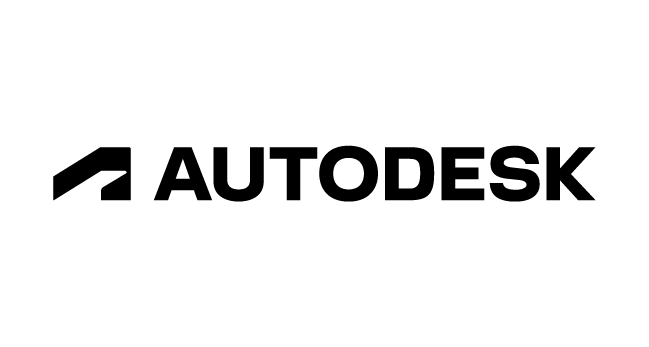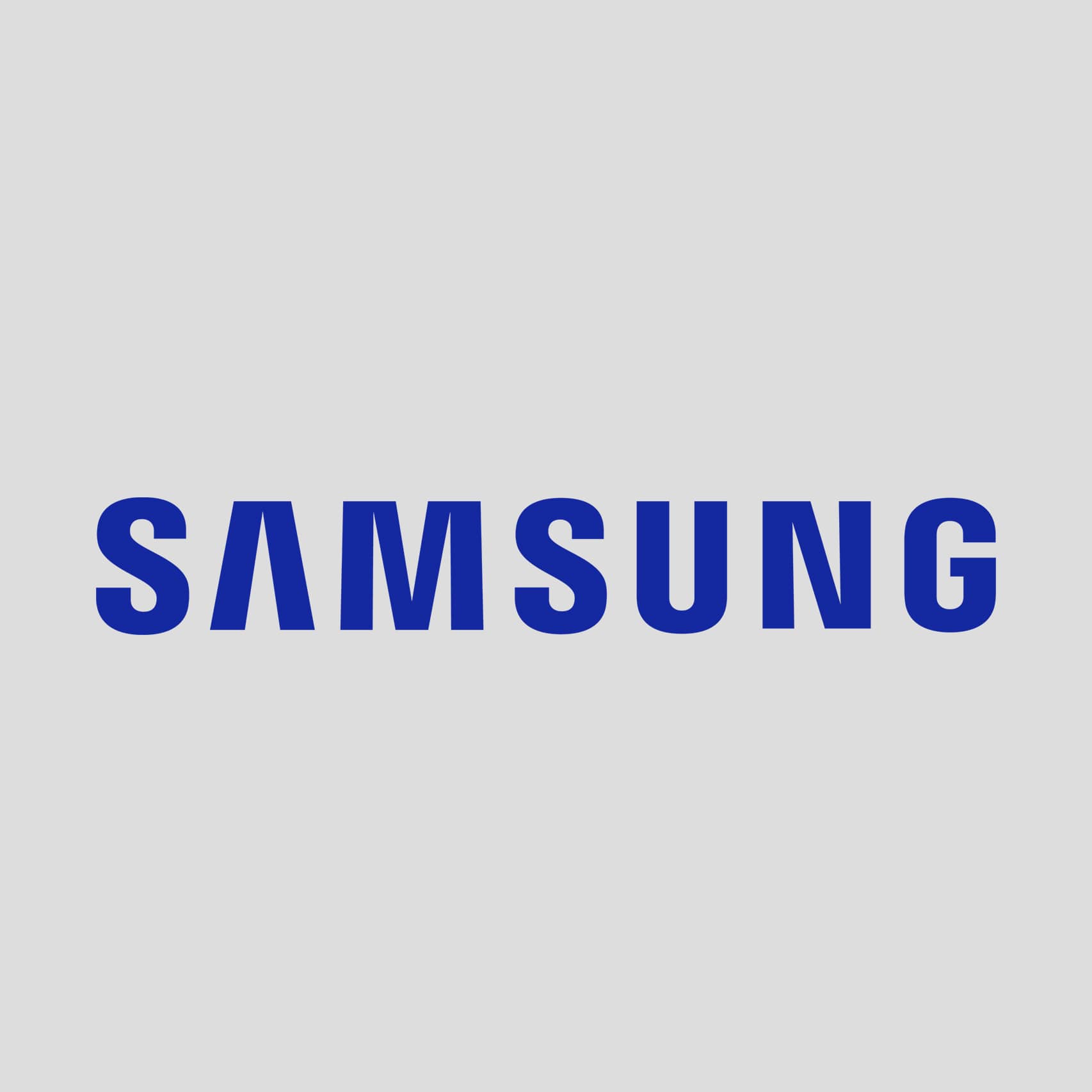- Customize unlimited hiring pipelines that meet your needs
- Build a branded career page that converts
- Source top talent faster with advanced AI matching
- Get offers signed faster through built-in e-signatures
Award-winning hiring & video interviewing software
Streamline your entire hiring cycle from creating job requisitions to onboarding new hires, all through the power of AI.
Request a demo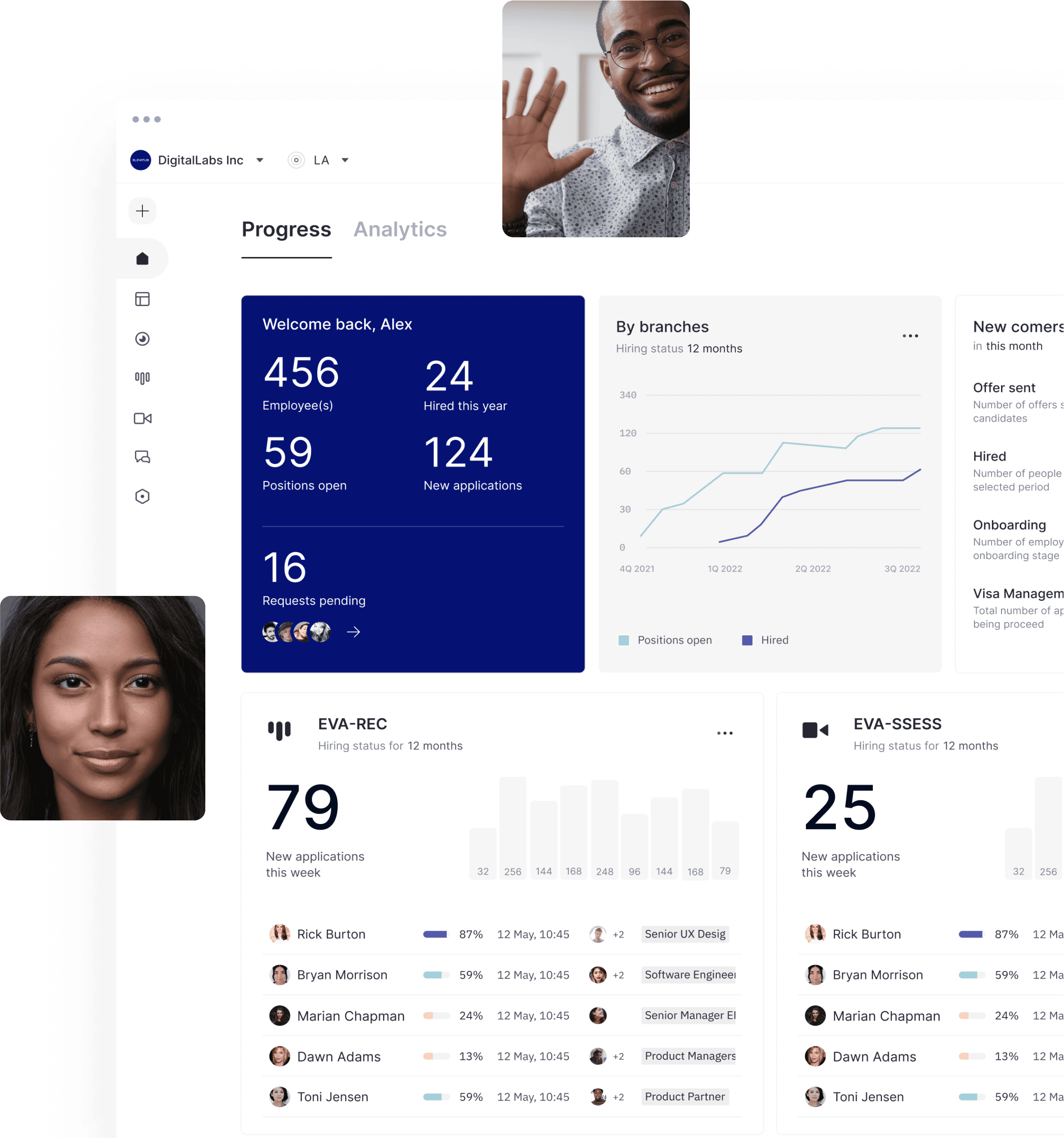

Trusted by renowned clients across the globe
Hire the people who will grow
your business
Attract the right talent effortlessly and make the right hires every time
Assess and develop top performers through the power of AI and videos
Onboard, nurture, and set up new hires for success – before day one
Meet our advanced AI solutions
Recruit fast and
make every hire count
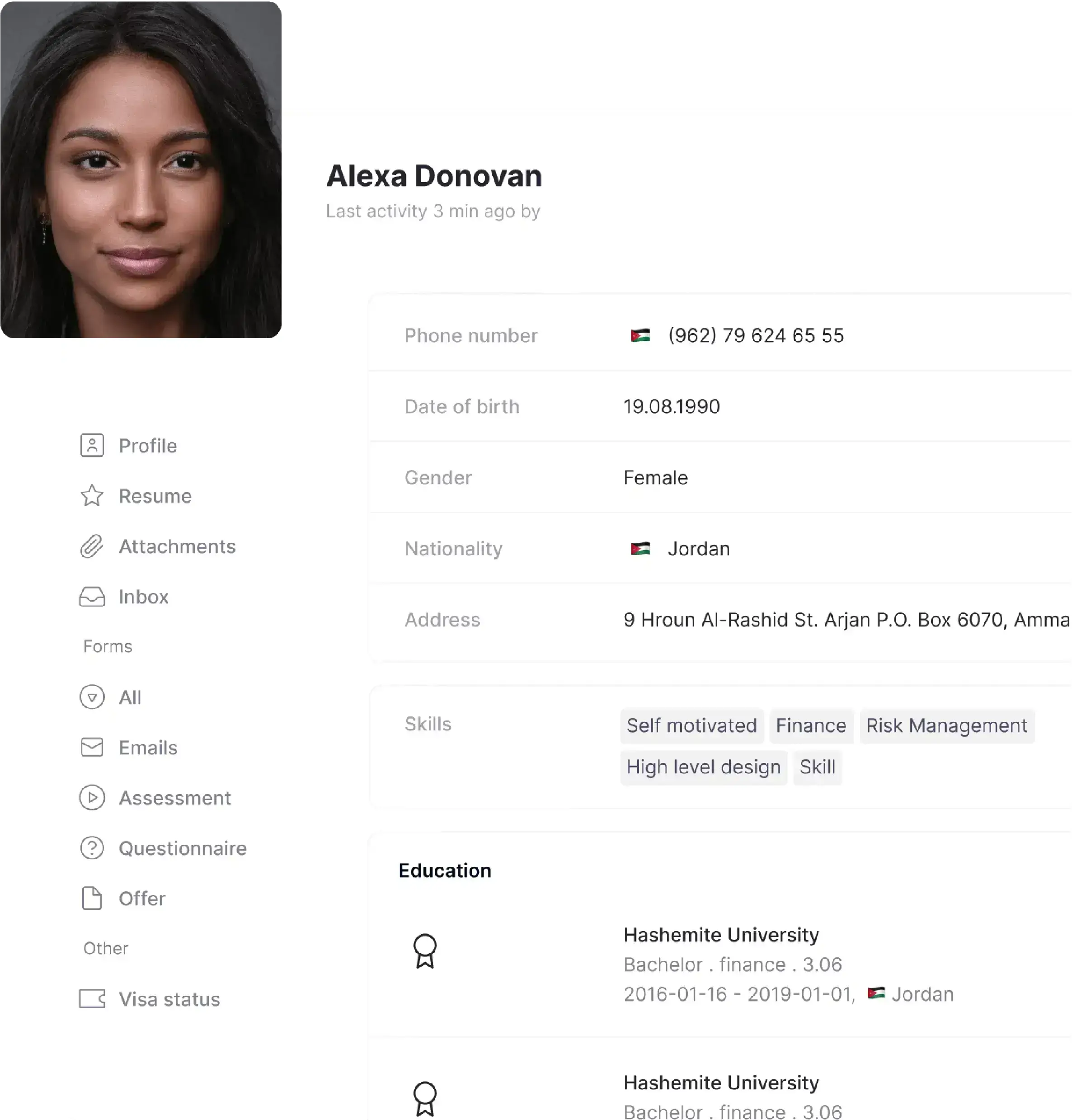

Assess thousands of applicants with secure
video assessments
- Easily identify top performers with smart filtration tools
- Get scientifically validated AI-personality reports
- Centralize team collaboration in one single hub
- Assess top talent in 5 different languages
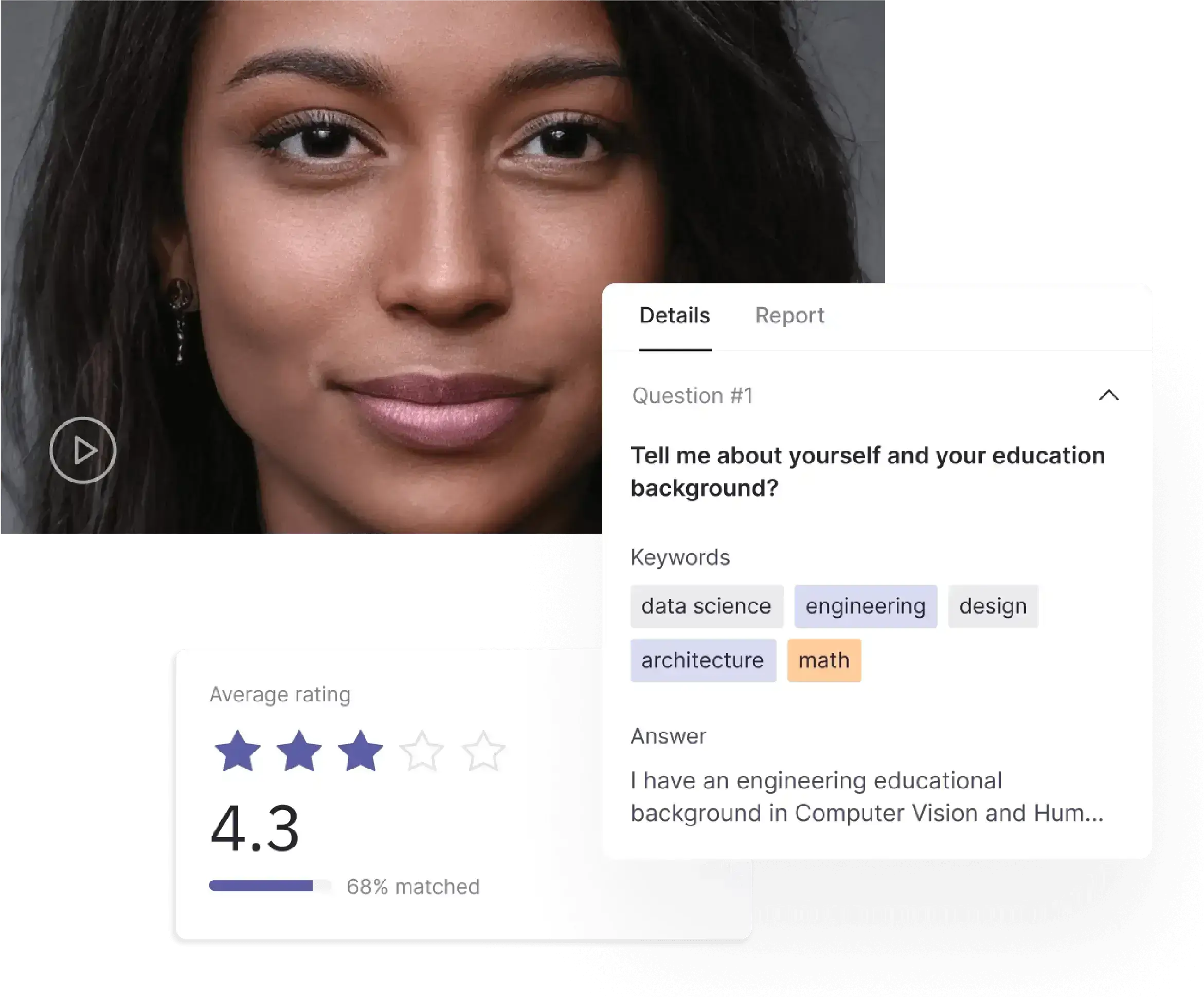

Onboard new hires
before day one
- Streamline different onboarding workflows
- Delegate onboarding roles to the right employees
- Get more clarity with real-time onboarding metrics
- One single platform to recruit and onboard new hires
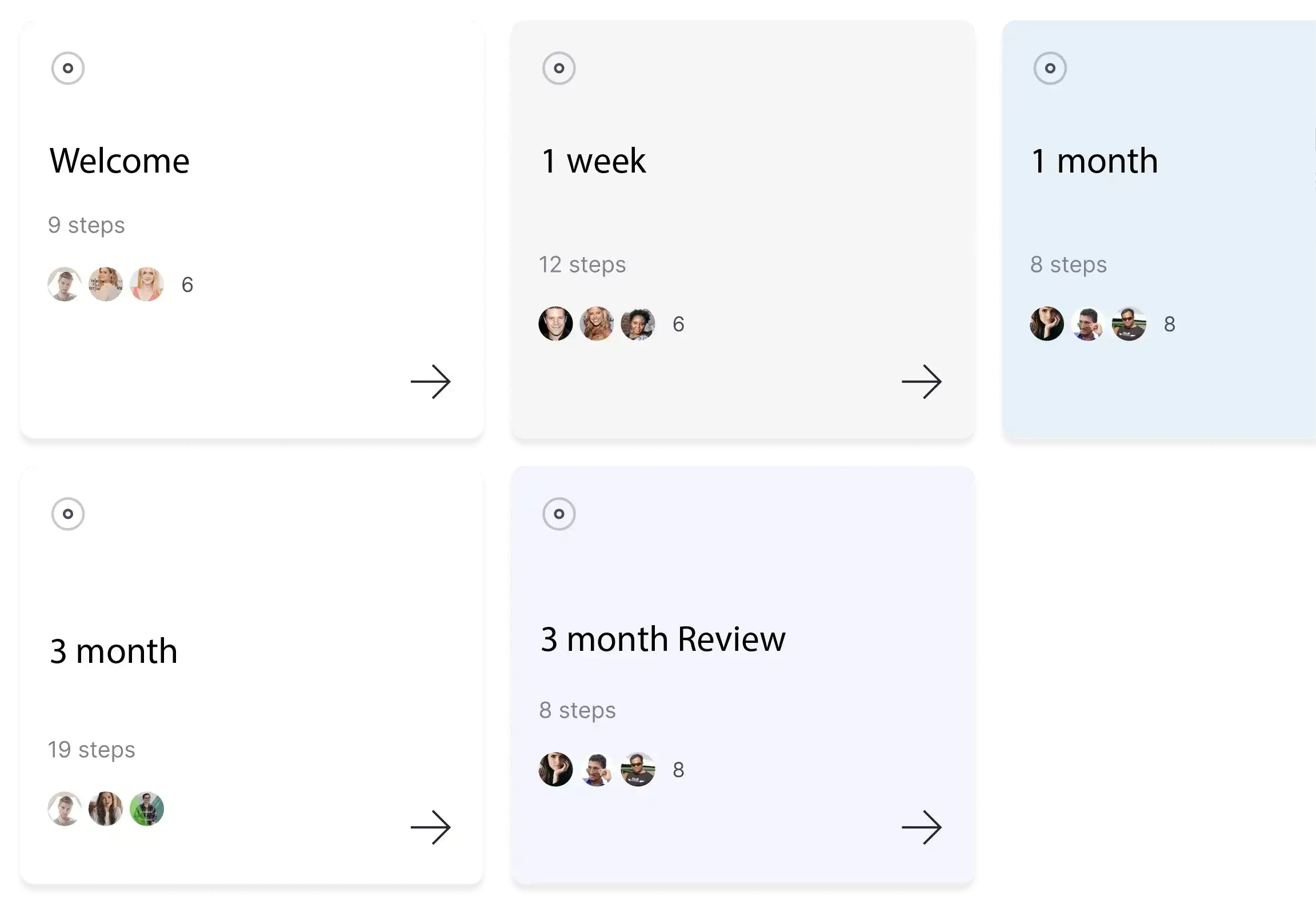

Optimize and improve
your talent acquisition with incredible AI technology
Recruit a more diverse workforce
Recruit diverse candidates through a multilingual career page, diverse job boards, fair hiring practices, and unbiased AI technology.
A first-class candidate experience
Give candidates a rundown of the estimated time to get hired, the hiring stages, and the courses they need to fine-tune their skill sets.
Customize permissions and roles
Set up specific permissions for users within branches, and control who can create, edit or delete processes within the platform.
Get dynamic analytical reports
Customize any analytical reports your enterprise needs – and turn your hiring data into powerful, rich, and valuable insights.
Seamless integration process
Boost your experience and connect with any integration your enterprise needs – without worrying about building it.
200+ talent assessments
Assess top talent with a suite of assessments that unravel skill sets, IQ, EQ, and job performance – at a single glance.
Global support
available for you around the clock
We’re just a click or call away. Our world-class support team is dedicated to ensure your success and that you’re making the most out of Elevatus from day one of your journey.
Get started today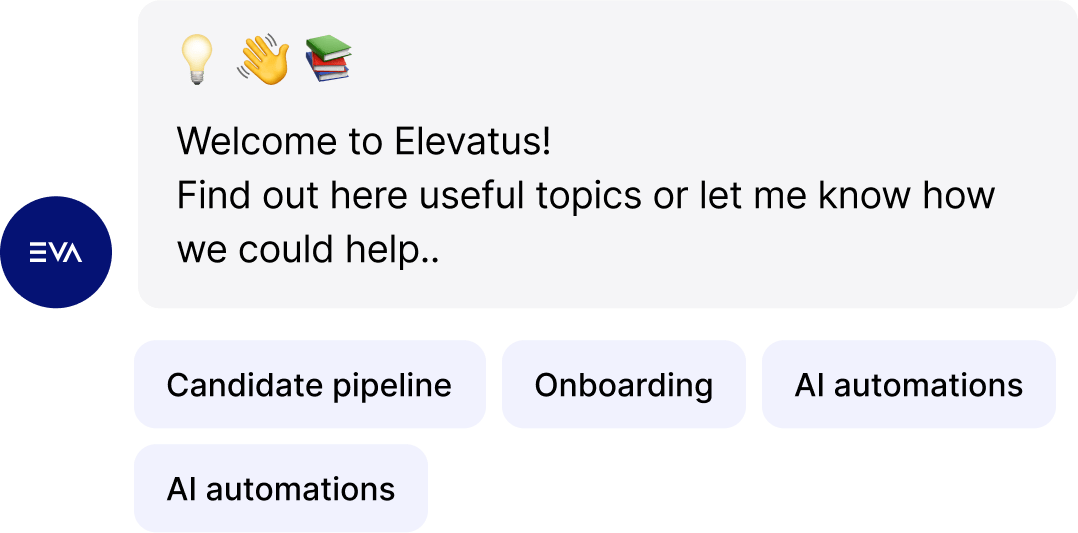

Multilingual support for a more localized user experience
Elevatus supports 8 different languages including English, Arabic, Turkish, Romanian, Greek, French, Spanish, Dutch, and German. Can’t find your language? Our recruiting software can add it for you within two weeks.
Request a demo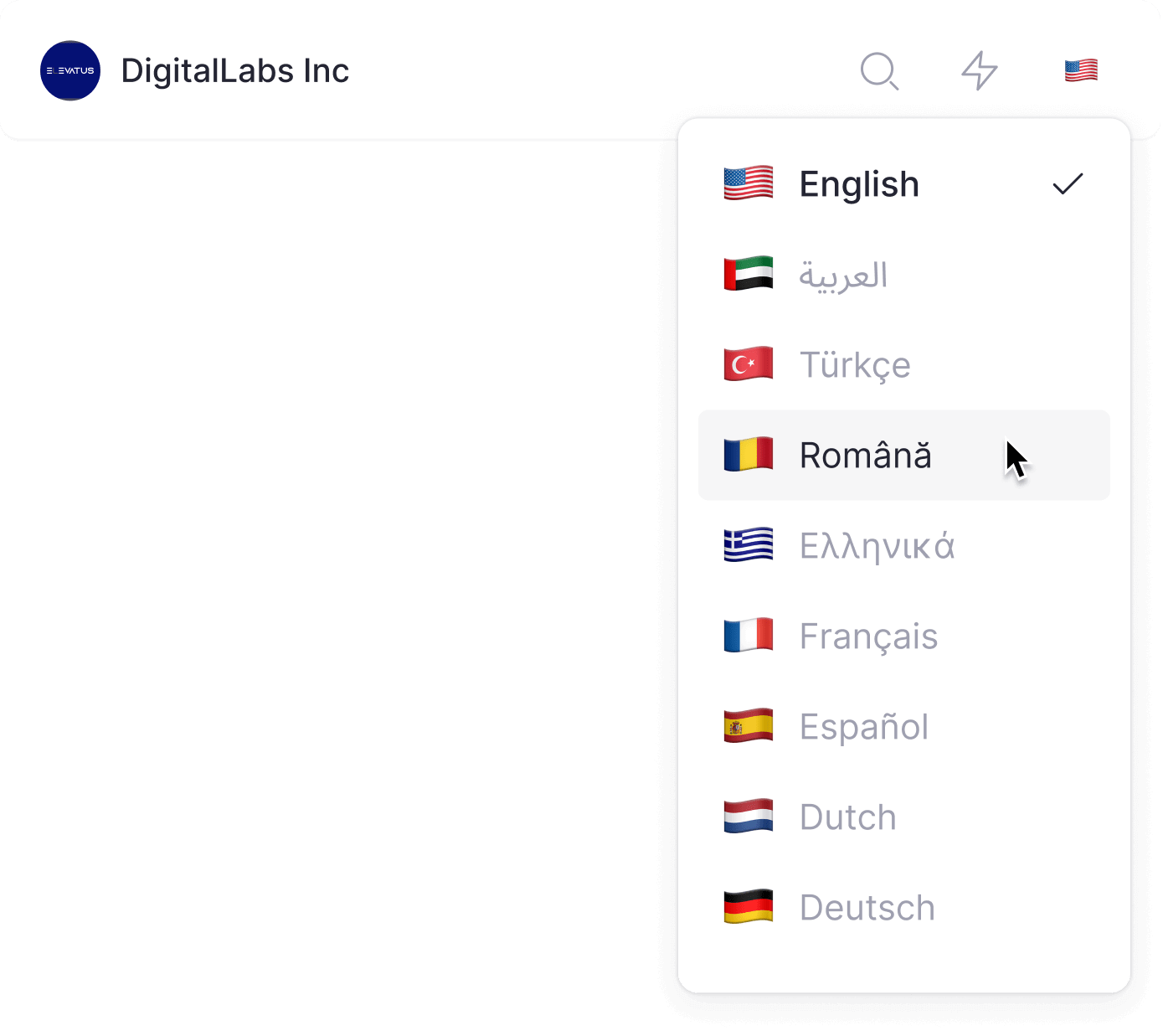

Seamlessly integrate
with your favorite tools
Explore 2000+ world-class integrations
that easily help you build, run, and scale your workflows


Seamlessly integrated with top-tier recruitment tools
Easily run, manage, and streamline your onboarding process – wherever you are
The #1 award-winning recruiting software
#1 AI recruiting software
Elevatus has won The Best AI-Powered Recruiting Software, numerous badges of appreciation, and prestigious awards for its incredible advancements in technology and outstanding level of excellence in HR.
AI-Powered Hiring Solution in the UK
2023
Best AI for HR Services
2022
Recruitment Category Leader
2022
FrontRunner in Recruiting
2022
Highest Rated CRM Software
2022
Best AI-Powered Hiring Solution in the UK
2021
Don’t just take our word for it.
Our clients say it best.
Join the League of 200+
Success Stories by Renowned Clients
Discover the reasons why Elevatus is the go-to integrated solution for industry leaders worldwide.
Explore our award-winning recruiting solutions
Fresh off the press
Read more ->Recruit and build a talented workforce today
Hundreds of leading companies across the globe increased their hiring success with Elevatus. Are you ready to join?
Get Demo




